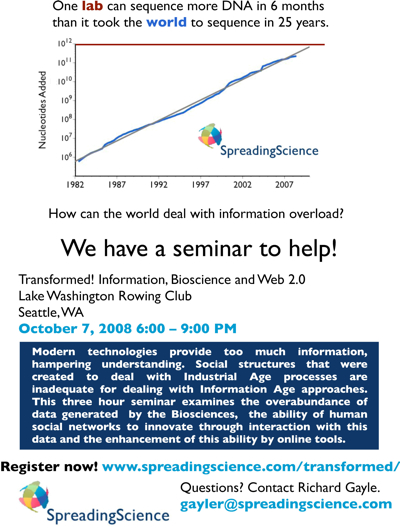 by cliff1066
by cliff1066
[Via Beth’s Blog: How Nonprofits Can Use Social Media]
Dan Schwabel’s 5 Free Tools For Reputation Management introduced me to a new listening tool, backtype. It solves the problem of monitoring blog
comments where people specifically mention you. People can make comments about you on other blogs and if you only track links from blog posts, you won’t see it. BackType lets you find, follow and share comments from across the
web. I gave it whirl and it turned up some interesting results.You can also track other bloggers and see where they commented — I might do this only to study how the masters do it. An old trick is to observe people who do social media really well and learn from observation. It’s interesting to observe Chris Brogan’s commenting activity.
Update: Based on a comment to this post, I’m adding some context to comment trackers.
These services let you track conversations that are important to your organization and issue. They also allow content creators to aggregate their online activity and expertise from across the social Web into one centralized, portable profile.
Questions To Ask Before You Dive In:
What do you need track?
How will you respond to negative
comments?
Will you respond to all comments?
How to prioritize?
Which tool is right for you?Why Commenting and Comment Tracking Is Important
Commenting is the life blood of blogging and key to building a community
They’re a way to get more minds into the story.
They’re a way to annotate someone’s thoughts such that the ideas can take on another dimension.
They’re a way to establish authority in your content niche[More]
Blogs are useful by themselves to the individual blogger. But, when comments are added, it allows others to become part of the conversation and to leave connections into their own networks. Comments enhance the power of blogs.
However, keeping track of comments at series of blogs can be difficult. Comments are not usually included in the RSS newsfeeds for the sites. The tools described here help provide a solution. This now makes it easier to follow conversations that are important to you, even if they re not directly on a blog.
Enhancing conversations is what Web 2.0 is all about.
Technorati Tags: Social media, Web 2.0








